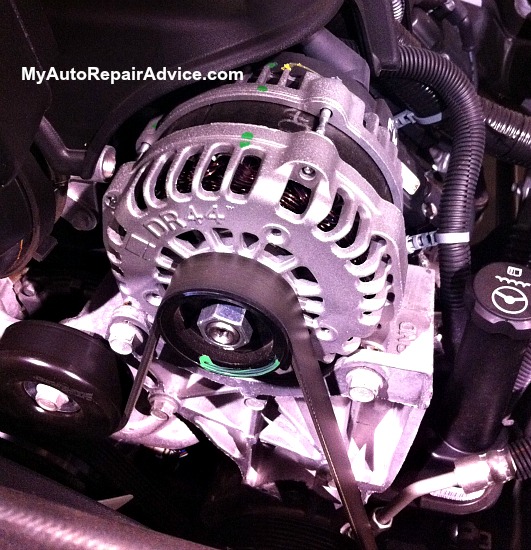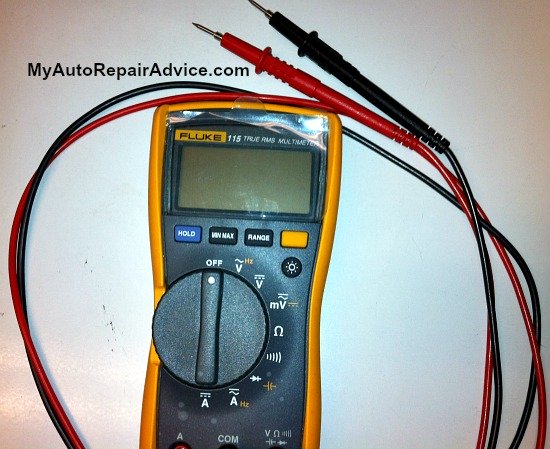Alternator Problems and Repair
Alternator problems are fairly common. You will probably have some type of problem with your alternator in your car's lifetime. The charging system on your car plays an essential role in everything electrical. If your charging system is not working correctly, it can cause major electrical problems so it pays to know a little bit about it. Let’s look at what they do and how to tell if there is something wrong.
How Does an Alternator Work?
An alternator's main purpose is to maintain the battery. Basically what happens is that it uses the engine power to create electricity and sends it over to the battery to keep it fully charged. Engine power is sent to the alternator via the engine drive belt, aka serpentine belt. This is why it is so important to keep the belt tight and replace it when needed.
When you are driving your car with all the lights on, the windshield wipers on and the radio blasting it uses a lot of electrical power. If all you had was a battery all of this electricity usage would drain the battery in a matter of minutes (sometimes more like an hour depending on how good your battery is). To prevent this from happening and to keep our battery fully charged, we use an alternator.
Signs of Alternator Problems
It can be very tricky to diagnose these problems without any tools. Battery problems often seem like alternator problems and vice versa. Some of the most common things that happen are things like your car not starting, your battery going dead, serpentine belt squealing and battery light on. These are the most common, but there are others as well.
How to Check Alternator Voltage
To check if your alternator is faulty, you will need a digital volt ohmmeter or DVOM (aka voltmeter). With this tool you can quickly and easily see how much voltage your alternator is putting out.
The first thing you should do is turn your engine off. You will need to start your car for a later test, but for now just leave it off. Take your voltmeter and put the red lead on the positive post of the battery and the black lead on the negative side of the battery. Be sure your voltmeter is set to read DC volts.
It should read above 12.65 volts. This would indicate that the battery is fully charged. If it is not, then you either have alternator problems or a battery that is faulty.
The next thing you need to do is to remove the leads from the battery and start your car. Then put the leads back on being careful not to get them caught in the serpentine belt or any other part of the engine.
Read the voltage with the engine on. It should read somewhere in the 13.5-14.5 volt range. If it does then most likely the alternator is just fine. It is possible that it is still bad though, sometimes they are intermittently bad. If it proves to be good then you probably have battery problems. It is time to get the battery tested.
Repairing a Defective Alternator
You can either repair it yourself or take it to a repair shop. Alternator repair isn't too hard, but you will definitely need a serpentine belt diagram so that you can put it back on correctly.
To troubleshoot, repair and maintain your vehicle, you'll need diagnostic and repair information that is specific to your car or truck. For this I personally use and recommend ALLDATAdiy. With full manuals for over 30,000 vehicles online, you will find an exact match for your vehicle's year, make and model.
Besides being cheaper than a factory manual, they also offer step by step repair instructions and detailed diagrams beyond what is found in most printed manuals. Click here for a sample of their diagnostic and repair information.
This auto repair pretty much just requires that you disconnect the battery, remove the serpentine belt, then unbolt the alternator and remove the wiring connectors. Then just do everything in reverse to re-install it. If you decide to take this auto repair to a repair shop, it usually does not cost very much to have them repair it for you.
CAR BATTERY


New! Comments
Have your say about what you just read! Leave me a comment in the box below.